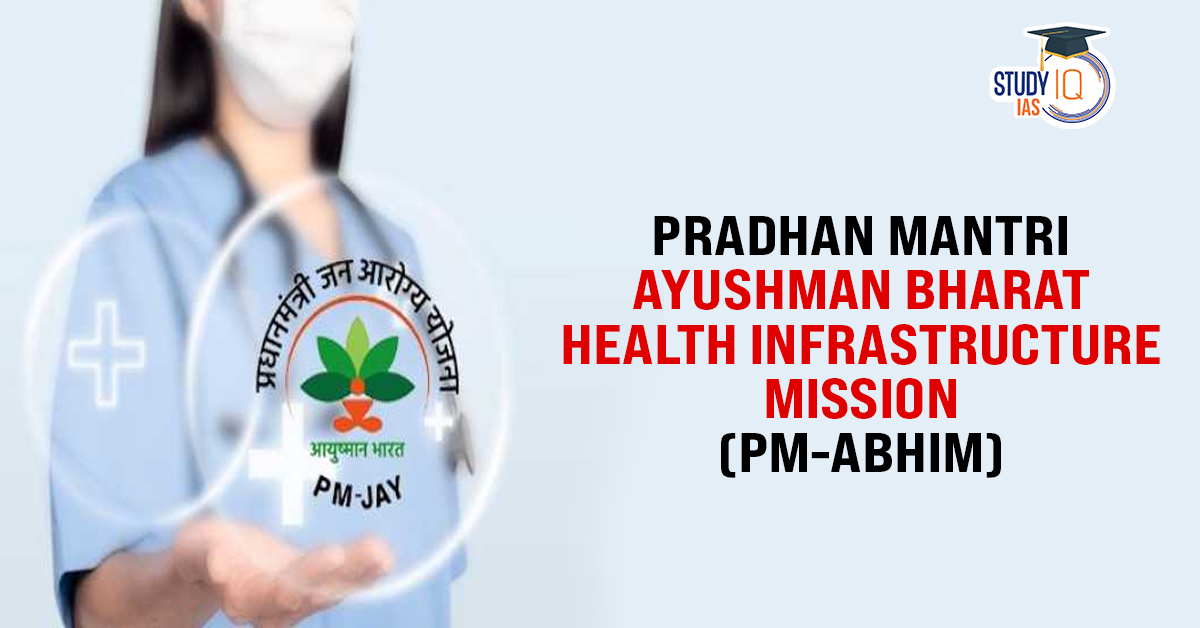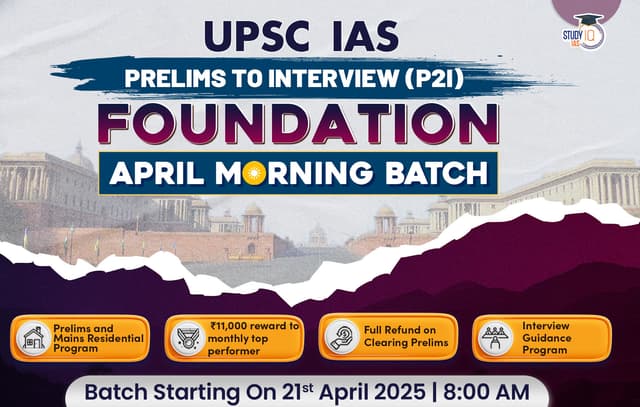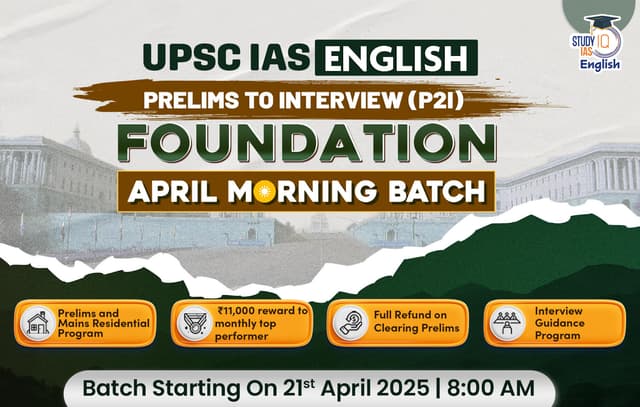Table of Contents
Context: The Pradhan Mantri Ayushman Bharat Health Infrastructure Mission (PM-ABHIM) aims to revolutionize India’s healthcare system with an outlay of ₹64,180 crore (2021-26).
Pradhan Mantri Ayushman Bharat Health Infrastructure Mission (PM-ABHIM)
- PM-ABHIM was launched in October 2021 by the Union Ministry of Health and Family Welfare.
- It focuses on constructing health infrastructure, including sub-centres, wellness centres, labs and critical care units.
Objectives
- To strengthen grassroots public health institutions.
- To expand and build an IT-enabled disease surveillance system.
- To expand research on COVID-19 and other infectious diseases and to develop the core capacity to deliver the One Health Approach.
- Reducing dependence on private healthcare by enhancing public sector capacity.
Components
- It consists of Centrally Sponsored Scheme Components [like Ayushman Bharat – Health & Wellness Centres (AB-HWCs) in rural and urban areas].
- Some Central Sector Components (like Critical Care Hospital Blocks).
Key Features of PM-ABHIM
- Health and Wellness Centers: Nearly 150,000 centers are being set up to provide a range of services, including diagnostics, teleconsultations, and essential medicines.
- Testing and Diagnostics Infrastructure: Integrated public health labs in all 730 districts and block-level public health units in over 3,000 locations are being developed.
- Disease Research: Expansion of existing viral diagnostic and research labs, establishment of new National Institutes of Virology, and 15 Biosafety Level-3 labs.
- Mobile Hospitals: Container-based mobile hospitals, a first in Asia, are stationed for rapid deployment during emergencies.
- National Centers for Disease Control: Strengthening regional branches with divisions focusing on climate change, disaster management, and occupational health.
Benefits
- Improved accessibility to affordable healthcare, especially for underserved populations.
- Enhanced readiness for public health emergencies and pandemics.
- Cost-free diagnostic tests for 134 conditions at the district level, reducing financial strain on individuals.


 Accredited Social Health Activists (ASHA...
Accredited Social Health Activists (ASHA...
 World’s 1st Unique Q-Shield Platform a...
World’s 1st Unique Q-Shield Platform a...
 New Phase of Operation Chakra to Combat ...
New Phase of Operation Chakra to Combat ...





















